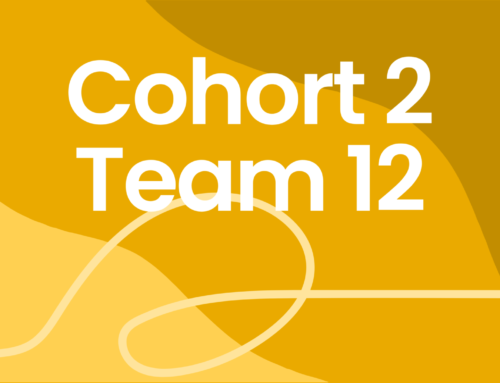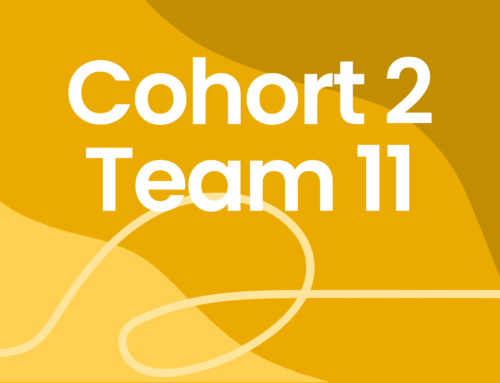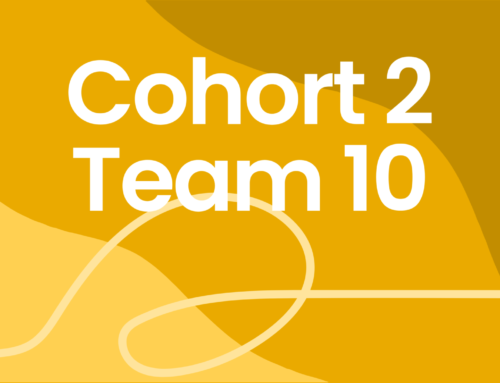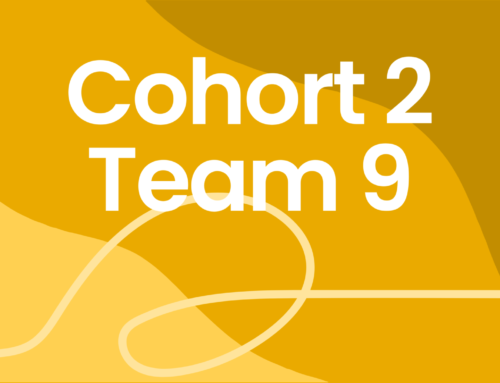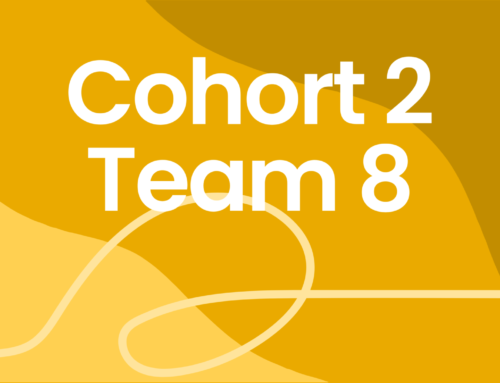Project Description
Creating an On-Campus Food Pantry
September 2, 2020
Fellows:
Yvonne Baker, Cincinnati State Technical & Community College
Tola Sanusi, Marion Technical College
Andrew Stephan, Stark State College
Project Advisor:
Angela Johnson, Cuyahoga Community College
Executive Summary:
Many of the current student success initiatives have either gained their momentum or have been created because of the American Association of Community Colleges’ (AACC) report Reclaiming the American Dream: Community Colleges and the Nation’s Future. The report argues that “the American Dream is imperiled,” and that “upward mobility, the contract between one generation of Americans and the next, is under siege” (AACC, 2012, p.1). One of the initiatives, created by the American Association of Community Colleges, was the Pathways Project. The project “focused on building capacity for community colleges to design and implement structured academic and career pathways at scale, for all of their students”(“AACC Pathways Project,” n.d., para. 1). The Ohio Association of Community Colleges (OACC) quickly followed and developed the OACC Leadership Academy for Student Success in which “teams of fellows will spend the year working on institutional transformation projects drawing on lessons from the Pathways Project, a national initiative led by the American Association of Community Colleges to encourage community colleges to design and implement structured academic and career pathways for all students” (OACC, 2019, para. 1). Each fellow of the academy was assigned to a team based on the one of the four pillars of the Guided Pathways framework. Those pillars are “clarify the paths, help students get on a path, help students stay on their path, and ensure students are learning” (Leadership Academy for Student Success: Pathways Project Overview, 2019, slide 3). Team 9, consisting of Yvonne Baker, Tola Sanusi, and Andrew Stephan, were assigned to research and create procedures to identify students at risk for falling off path and protocols to provide needed supports to get them back on track. Basic needs insecurity continues to be more common among students attending community colleges compared to those attending four- your colleges. A 2020 Hope Center survey revealed that 39% of respondents were food insecure in the prior 30 days (Goldrick-Rab, Baker-Smith, Coca, & Looker, 2019, p. 2). This pathway project implementation memorandum will include relevant literature reviewed on this topic, the data examined, how to create an on-campus food pantry including implementation challenges and an expected timeline.
Cohort 1
2019-2020
Guided Pathways Pillar 3
Topic: Creating procedures to identify students at risk of falling off path and protocols to provide needed supports to get them back on track


